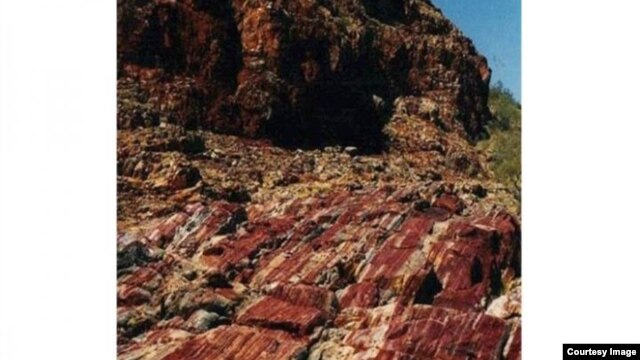Delta4Embassy
Gold Member
Just saw this this morning during my rounds of various sites.
SpaceWeather.com -- News and information about meteor showers, solar flares, auroras, and near-Earth asteroids
"2015 TC25
Oct 13
0.3 LD
5 m"
Still about 130,000KM away, but just one-third the distance from Earth to Moon. That's REALLY close as these things go. These 5M ones hit the planet about once a month. Most splashing down in the ocean where we may not even notice them.
SpaceWeather.com -- News and information about meteor showers, solar flares, auroras, and near-Earth asteroids
"2015 TC25
Oct 13
0.3 LD
5 m"
Still about 130,000KM away, but just one-third the distance from Earth to Moon. That's REALLY close as these things go. These 5M ones hit the planet about once a month. Most splashing down in the ocean where we may not even notice them.



